
CVE-2025-29927: Critical Next.js Flaw Enables Authorization Bypass
A newly disclosed vulnerability in the Next.js React framework has been assigned a CVSS score of 9.1, marking it as a critical security risk. Tracked as CVE-2025-29927, the flaw can be exploited under specific conditions to bypass middleware-based authorization checks,…

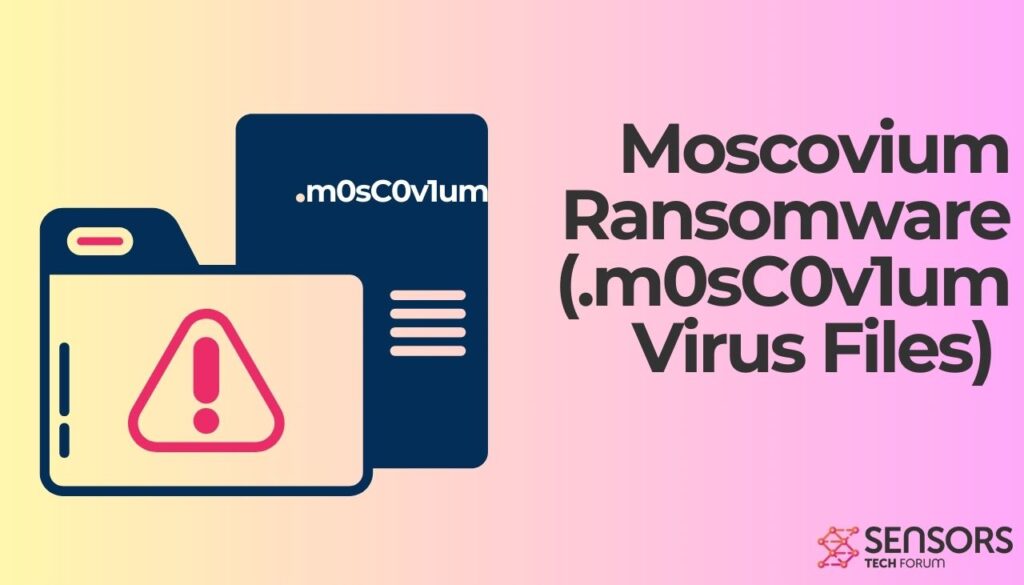
![Shedroobsoa.net – Is It Safe? [Scam Check] Shedroobsoa.net - Is It Safe?](https://cdn.sensorstechforum.com/wp-content/uploads/2025/03/Shedroobsoa.net-is-it-safe-removal-guide-1024x576.jpg)
![Data Ransomware [.Data3 Files] Removal & Decrypt Steps Data Ransomware [.Data3 Files] Removal & Decrypt Steps](https://cdn.sensorstechforum.com/wp-content/uploads/2025/03/data-ransomware-data3-files-removal-guide-1024x576.jpg)
![Mamona Ransomware [.HAes Files] Removal & Recovery Guide Mamona Ransomware [.HAes Files] Removal & Recovery Guide](https://cdn.sensorstechforum.com/wp-content/uploads/2025/03/mamona-virus-haes-files-1024x576.jpg)

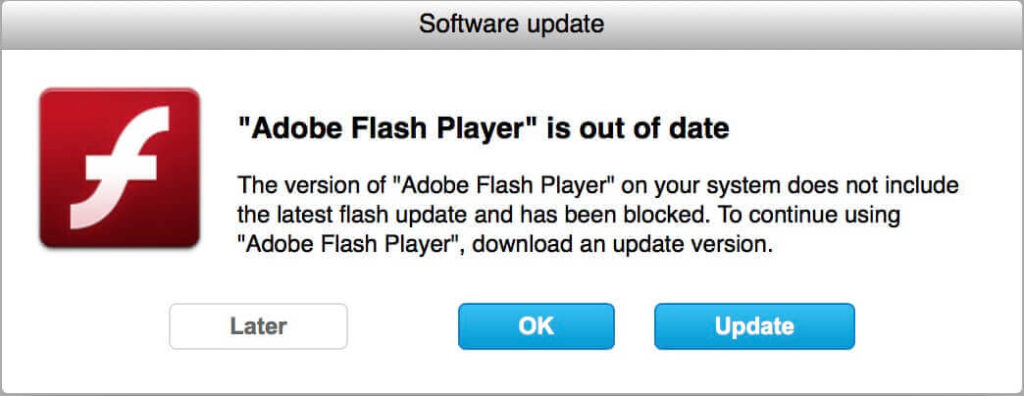

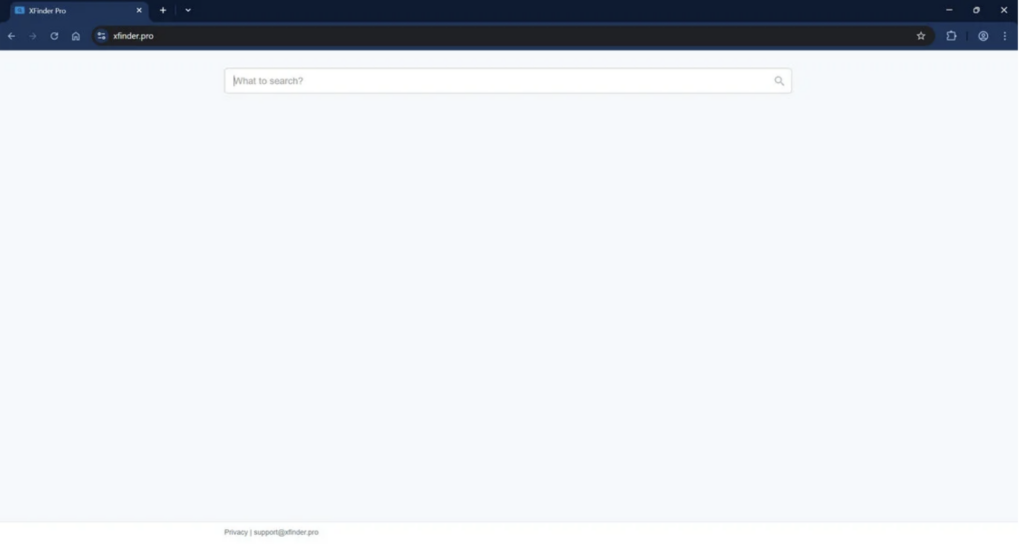
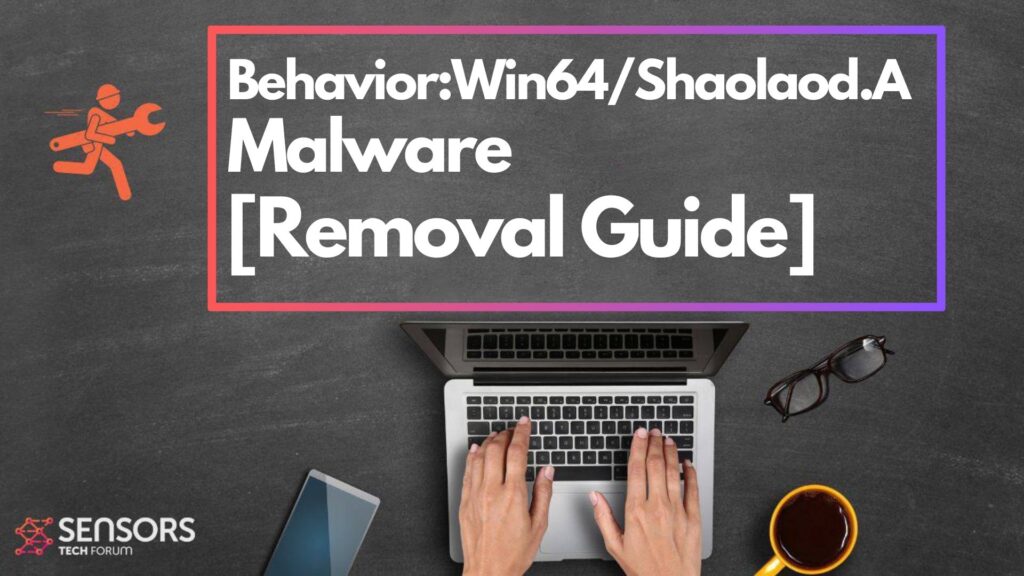
![Deoxyz Ransomware [read_it.txt] – Removal + Decrypt Guide Deoxyz Ransomware [read_it.txt] - Removal + Decrypt Guide](https://cdn.sensorstechforum.com/wp-content/uploads/2025/03/read_it.txt-deoxyz-virus-removal-guide-1024x576.jpg)
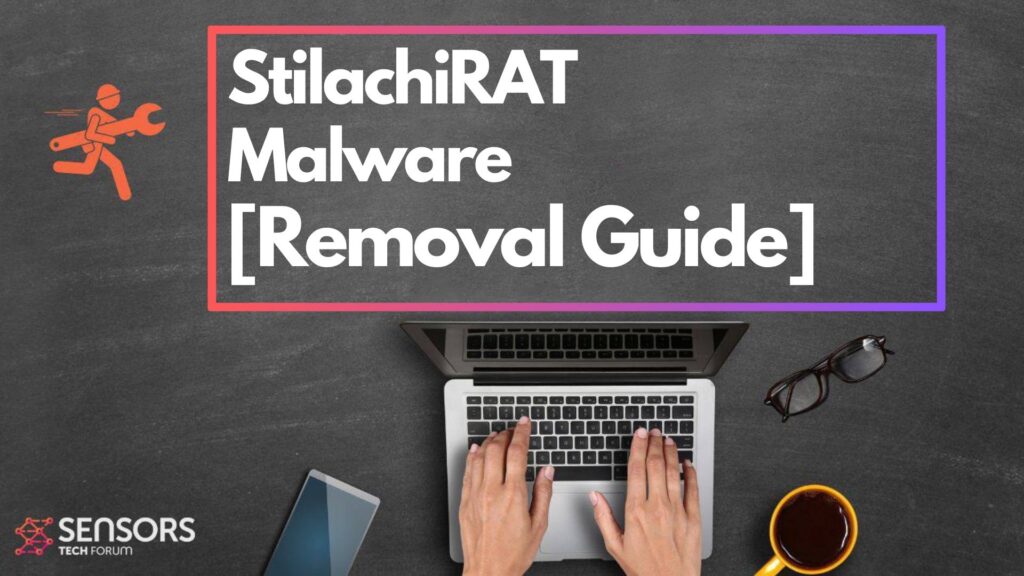
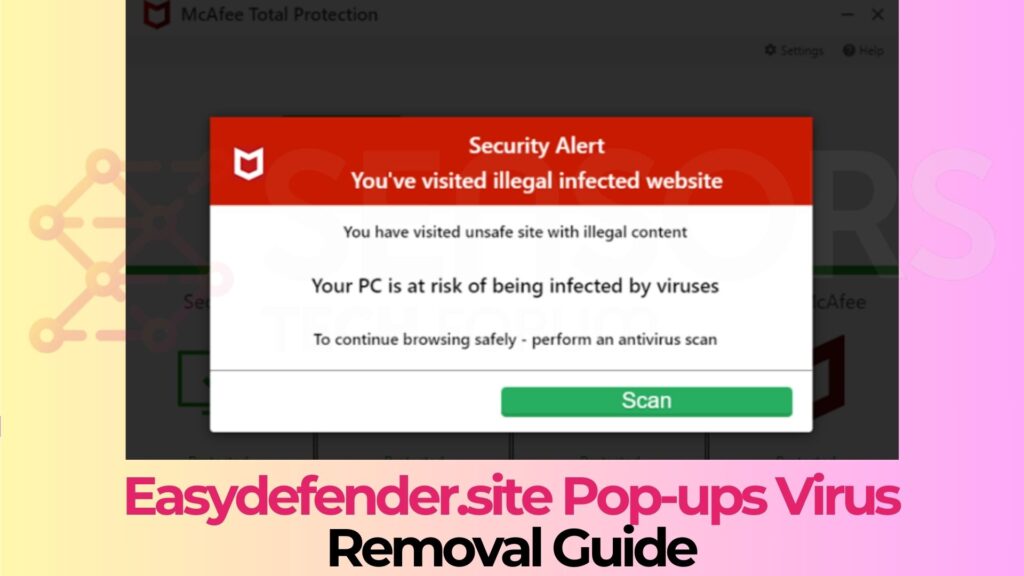
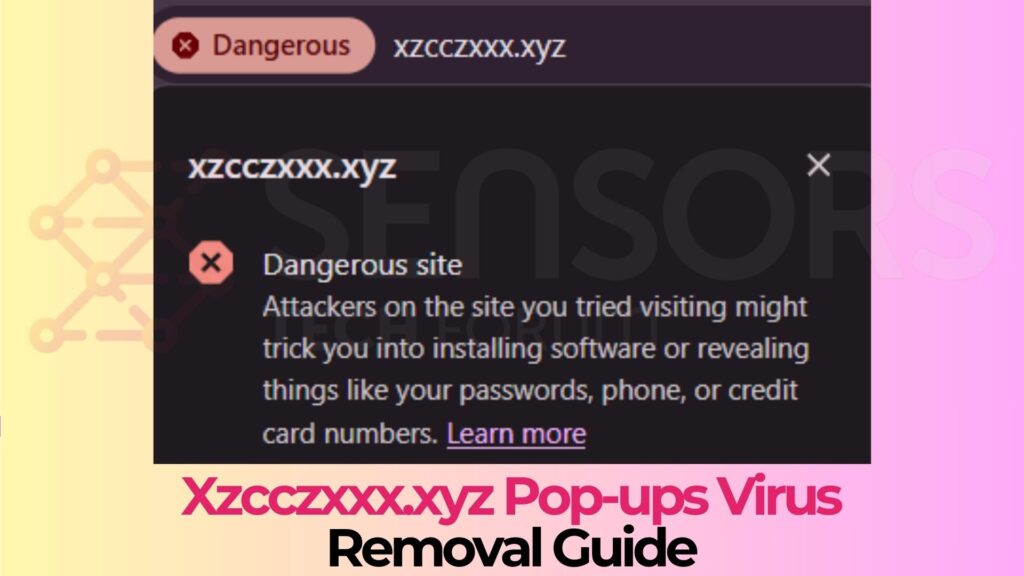

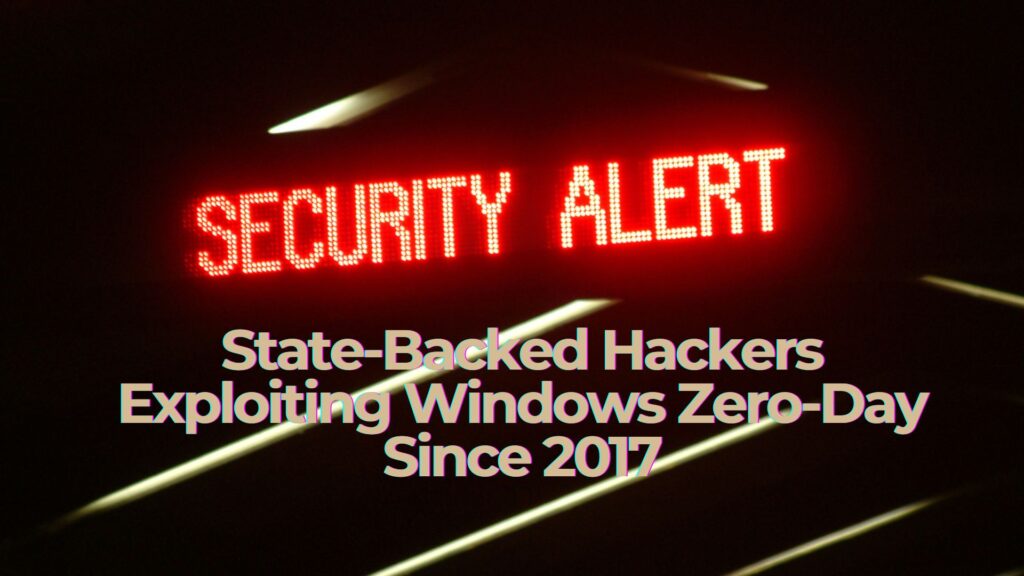


![Curestin.co.in Pop-ups Virus – Removal Guide [Fix] Curestin.co.in Pop-ups Virus - Removal Guide](https://cdn.sensorstechforum.com/wp-content/uploads/2025/03/Curestin.co_.in-pop-ups-virus-1024x576.jpg)
![TRUST FILES Ransomware [.HIXJ virus] – Removal + Recovery TRUST FILES Ransomware [.HIXJ virus] - Removal + Recovery](https://cdn.sensorstechforum.com/wp-content/uploads/2025/03/trust-files-ransomware-.HIXJ-files-removal-1024x576.jpg)